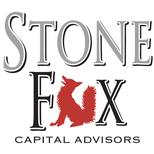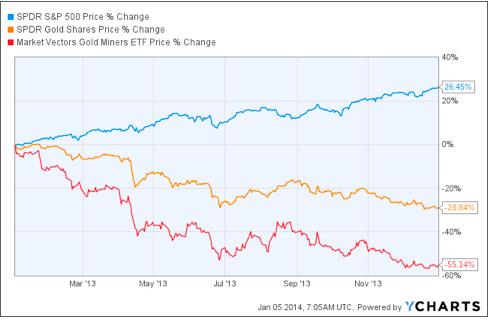 Author: Hengfu Hsu, Analytic Investment LLC
Author: Hengfu Hsu, Analytic Investment LLC
Covestor models: Focus Value, Dividend, Enterprise Value, Deep Value, Opportunistic Value, Earnings Growth
The S&P 500 index tumbled from August 1st to August 22nd, then recovered in the last seven trading days of August, and finished the month of August with a loss of 5.68%, well below its 10-year average August loss of 0.178% from 2001 to 2010. (Data: https://finance.yahoo.com/quote/%5EGSPC/history?ltr=1.
After such a big correction in the equity market, the probability of developing a full-blown bear market increases if corporate earnings start to slow down significantly. On the other hand, even if the fragile economic growth can continue, it will take a few months for the dust in equity markets to settle. May and June of 2010 are the most recent examples of steep market corrections, when the S&P 500 tumbled due to the flash crash, Greece crisis, and fear of slow growth/double dip recession. It took around seven months in 2010 for the S&P500 to recover from that correction.
The current breakdown of confidence is reminiscent of what President Reagan said in his 1981 inaugural speech, “In the present crisis, government is not the solution to our problem; government is the problem.” (YouTube, uploaded by CSPAN https://www.youtube.com/watch?v=hpPt7xGx4Xo)
In addition to the ongoing European government debt problems, August started with the debt-ceiling political blunders in Washington, and August 5th’s S&P downgrade of the US debt rating to AA+. Global investors dumped stocks and ignored the US debt rating downgrade by rushing to US debt securities and precious metals, pushing the US 10-year Treasury yield to approximately 2.0% on August 18th. The 10-year Treasury yield closed at 2.23% at the end of August (source: US Treasury http://www.treasury.gov/resource-center/data-chart-center/interest-rates/Pages/TextView.aspx?data=yieldYear&year=2011). In contrast, according to Standard & Poor’s as of August 31 (http://www.standardandpoors.com/indices/articles/en/us/?articleType=PDF&assetID=1245227409054), S&P 500 companies are paying a dividend yield of 2.19%.
Though corporate earnings are very strong, investors are in a panic state for fear of the repeat of 2008 and 2009 financial crisis, and a sell-first-and-ask-questions-later mentality dominates the market. Investors need to have strong stomach to buy stocks in the current environment, but as Sir John Templeton said (I paraphrase): “Bull-markets are born on pessimism, grow on skepticism, mature on optimism and die on euphoria.”
As of August 31, 2011, the US equity market condition is neutral based on the following factors we use to manage risk in our models:
(1) Equity Earning Yield Over Treasury Yield (Cheap, Balanced, or Expensive): Cheap
(2) Equity Earning Trend (Up, Sideway, or Down): Sideway
(3) Credit Risk (Low, Normal, High, or Dangerous): Normal
(4) Equity Volatility (Low, Medium, High, or Dangerous): Dangerous
(5) Equity Money Flow (Positive, Neutral, or Negative): Neutral
(6) Yearly Equity Price Trend (Up, Sideway, or Down): Sideway
(7) Monthly Equity Price Trend (Overbought, Sideway, or Oversold): Oversold
Models Review
In August, all our Covestor models remained fully invested based on our computer algorithms. The phrase “fully invested” means that our models use up to 100% of cash, as none of our Covestor models use any form of leverage or margin. However, with the current deceleration in earning growth momentum coupled with rising credit risk and volatility, our algorithms are closer to moving half of the positions into cash.
Because we fully invested in August, all of our models suffered significantly drawdown during the month. Since corporate earnings is not the problem for the current drawdown, we continue to trust our algorithms to remain fully invested. We believe once investors realize governments are the culprits and corporate earnings are not the problem, equity investing will provide the most favorable long term return in this low-yield investing environment.
We rely entirely on our computer algorithms to indicate buys of undervalued stocks and sell overvalued positions, to monitor market conditions, and to manage risk in all models, so that human emotion and buy-sell bias are completely eliminated from the investing process, unnecessary market timing is avoided, and continuous participation in the market is enabled in the effort to produce long-term growth.




